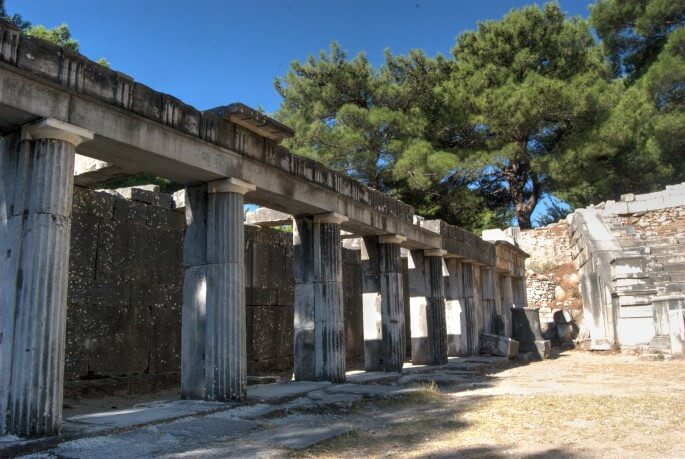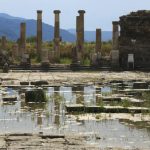Engraved in roughly the year 330BC, the Priene Inscription is a standout amongst the most huge follows back to Alexander the Great, the youthful military administrator who effectively vanquished half of the world before as far as anyone knows being harmed by one of his officers.
Found in the nineteenth century and now housed in the British Museum, the marble section subtle elements in old Greek dialect, the commitment of the city sanctuary to Athena Polias. Known as the goddess of numerous decent states of mind, “polias” alludes to her part as the defender of the city.
Worked in the fourth century BC, only five tall sections and a scrambling of substantial stones stay off the Athena sanctuary. Disregarding the fields of the neighboring Soke district, aside from Greek engravings and complex examples on the stones, its most emotional appearance are as the forefront to the extensive shake confront remaining behind it. In its previous state, however, it would have been a radiant working with no cost saved in the development.
The Theater of Priene
Unmistakable vestiges of the city incorporate the boule uteri on, public square, exercise room, and the places of which Alexander the Great remained in one. Be that as it may, the highlight for me was the little yet lofty Hellenistic theater.
The ground floor façade that once comprised of two levels has straight standing segments watching out onto a half circle ensemble floor. Shadows fell crosswise over them in a geometrical manner as though to typically revere the colossal specialties of that time.
Encompassed by columns of seating cut into the slope and now secured with a thin layer of grass, the cutting edge of the gathering of people area incorporates five magnificent marble stone seats that could look like positions of authority.
Saved for dignitaries or ministers, a passing thought entered my thoughts to sit in one yet I felt that to resemble an interruption or irreverence of their safeguarding.

































